Most interpretations of quantum mechanics have taken non-locality – “spooky action at a distance” – as a brute fact about the way the world is. But there is another way. Take seriously quantum theory’s higher-dimensional models, and we could make sense of the strange, "spooky" phenomenon of entanglement and restore some order to cause and effect. Perhaps the wave function is all there is, writes Alyssa Ney.
Since the first Bell tests in the 1980s by Alain Aspect and his collaborators, experiments have confirmed again and again what quantum mechanics predicts: our three-dimensional reality is nonlocal. Particles or atoms – quantum systems – created in entangled states can continue to influence each other instantaneously, even when separated over great distances. For those wanting to understand what physics tells us about the nature of our world, these experiments cry out for explanation. How could the world fundamentally be so as to allow instantaneous effects over great spatial distances?
Philosophers of physics seek metaphysical models that are compatible with the reality of quantum entanglement, possible realities that can underlie these experimental appearances. Most models taken seriously today simply accept that there are brute correlations that can persist between objects in entangled states, even those that are separated by great distances. But another idea worth exploring is that the results of these Bell tests are trying to tell us that the three dimensions in which we experience the world are not the deepest reality. Rather, the nonlocality we observe over distances in three dimensions appears as a byproduct of a more fundamental spatial framework in higher dimensions. And in this higher-dimensional framework, the correlated subsystems of entangled particles are not separated at all.
The higher-dimensional approach along these lines that is most commonly discussed today is called wave function realism. This is the view that reality isn’t fundamentally a collection of objects – particles, atoms – spread out in three-dimensional space or even four-dimensional spacetime, but instead, reality is fundamentally a wave function, a field-like object that exists in some higher-dimensional quantum reality.
___
Physicists have mostly tossed aside the idea that these higher-dimensional representations are tracking what is real.
___
Higher dimensions
The idea of higher dimensions is familiar from string theory. String theorists speculate that the world contains seven extra dimensions in addition to the three with which we are already familiar. String theorists provide an explanation for why we don’t notice these extra dimensions, arguing they are curled up in a way that makes them too small for us to see. In quantum mechanics, the higher dimensions aren’t there as extra dimensions in addition to the usual three. Instead, in order to represent systems as entering into entangled states, quantum mechanics presents us with entirely distinct spatial frameworks.
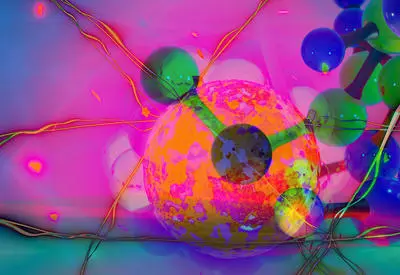 SUGGESTED READING
Quantum mechanics and our part in creating reality
By Blake Stacey
SUGGESTED READING
Quantum mechanics and our part in creating reality
By Blake Stacey
Configuration space







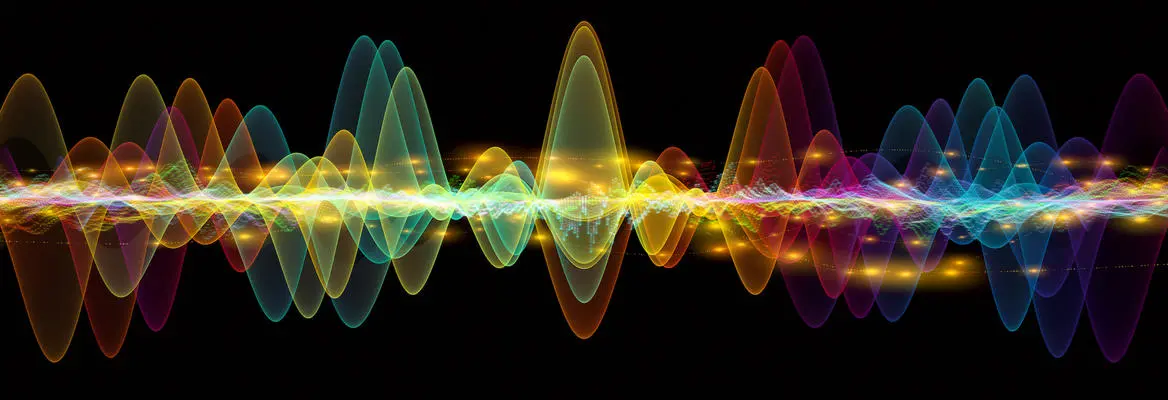


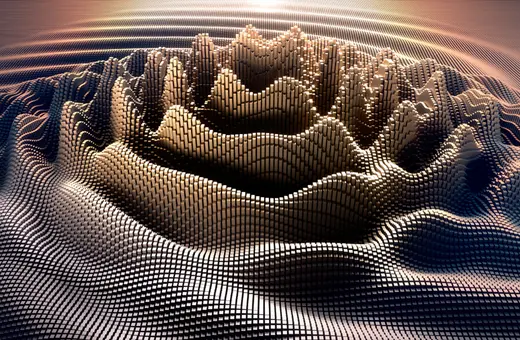
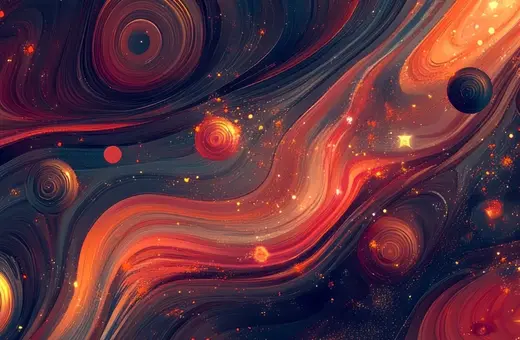
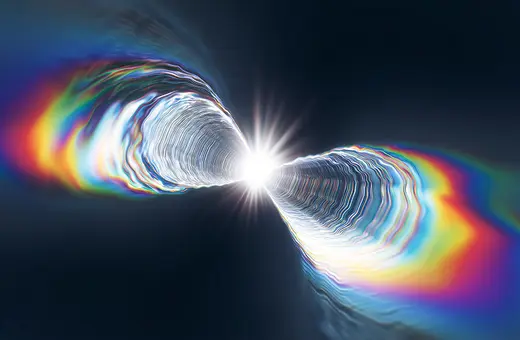
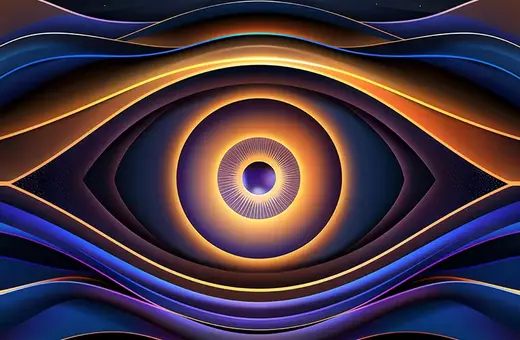
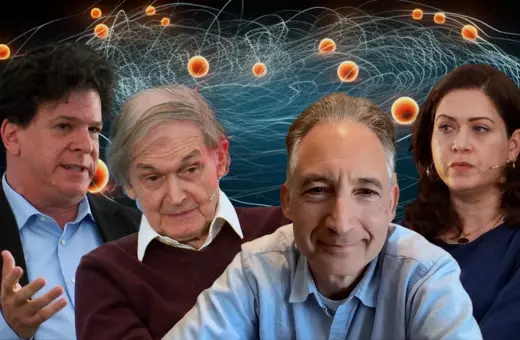






Join the conversation